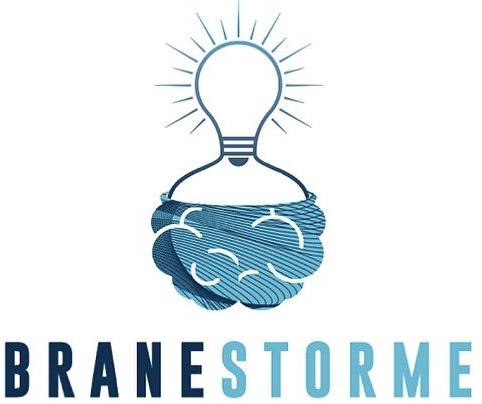Backstory
BraneStorme is a social network that connects users and their mental health to tailored resources, while building a supportive peer-to-peer community through music, voice, and influence. Branestorme empowers users to speak openly about mental health awareness.
Role
Product Manager + UX/UI Designer. I was hired by the client to design the full application
Work methodology
I used
Trello
as the product management tool to manage the project, workflow, and task tracking

Market Research
- Customer Size
- It is projected that annually, over 200 million people (across all age groups) worldwide are battling a particular form of mental disorder. The figures keep on rising steadily.
- Technology makes it easier to tap into the market and develop suitable apps to bridge the gap created by the need for patients to travel to reach health professionals.
- As of 2020, world population stood at 7.7 billion., of which 1 in 5 persons is predicted to experience a form of mental disorder in his/her lifetime. The huge patient size, nearly 20% of the world population, justifies the need for more mental health service provisions either through physical interventions or online platforms that can be met by designing efficient mental health apps.
2. Market Saturation
- An approximation of 10,000 Apps have been designed specifically for mental health and wellness.
- Some apps are also limited to Apple Store or Google Play Store, which limits accessibility to those potential users not linked to those platforms. Therefore, the popularity of each app is a relative concept based on its users or tapped market.
3. Demand
- The demand for health mental services increases annually with increase in population.
- For example, nearly 50 million Americans in any given year experience a form of mental illness. This represents an estimate of 20% of the US population and the number is projected to increase annually.
- Recent statistics from the World Health Organization (WHO) indicates that the ratio of mental health professionals to patients is as low as 2 per 100,000 population. This gives a surplus number of people seeking mental health services to the availability of health professionals.
- Considerably, there are different tastes, fashion and preference by customers. As such, there will always be value for new entrants into a market as long as the packaging is right.
4. Pricing
- Charges for access to most features in mental health apps range from $50 to $200 per month.
- The pricing is however pegged on many factors such as availability of therapists, psychiatrists, the model /plan and the target users.
- There is no uniform/harmonized price for each mental condition as the valuation is done on a case to case basis – from simpler to more complex conditions.
- However, the bottom line is that most customers would always go for the cheapest available option as long as it solves their problems.
5. Economic Indicators
- The median salary wage per family per year in USA was $94,000 as of 2020.
- The availability of disposable income per month makes it easier for people to seek services such as when dealing with mental health.
Competitive Analysis
I conducted a SWOT analysis for the following competitors' apps
Main Takeaways
A new mental health app should be designed in a way that it is efficient, easy to use, and meets most demands of the user. The App should include the following:
- An attractive user interface
- Notification enabler and alerting the users of new developments.
- Confidentiality maintenance.
- Enabling both messaging and live chatting.
- Group chatting features for users with common needs.
- Incorporation of artificial intelligence around emotional intelligence.
- Entertainment (activities) features which can act as anxiety reliever, e.g. music or games.
- The App must continuously improve on its services to meet the ever changing demands of the prospective users. Adoption of new technology advancements and trends can give the App a competitive advantage and perpetual relevance amongst users.
Logo Design
I used Adobe Illustrator to come up with various logo designs based on client's vision/requirements.
UX Personas
I created personas to represent the different user types from my research that might use app.
Clickable Prototype:


